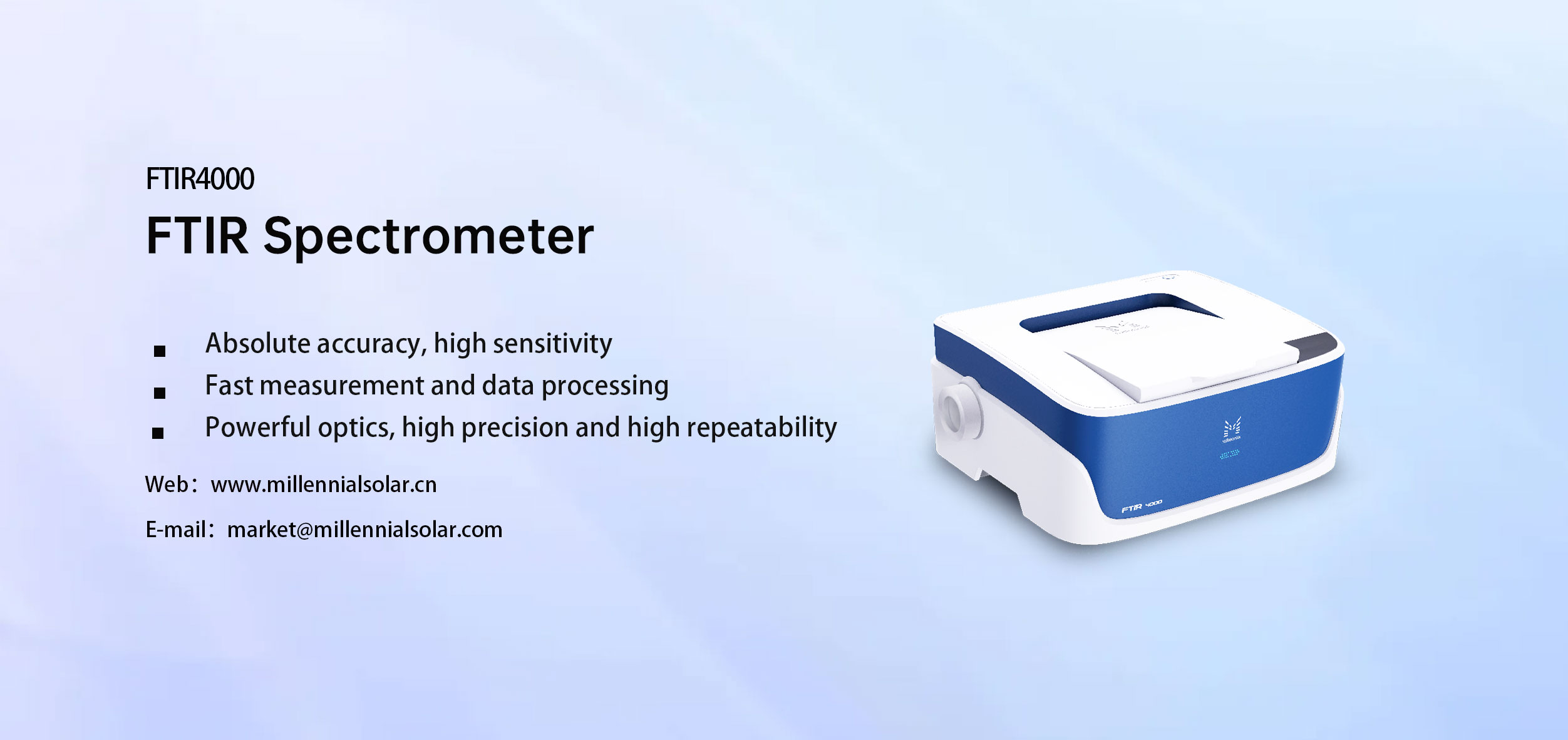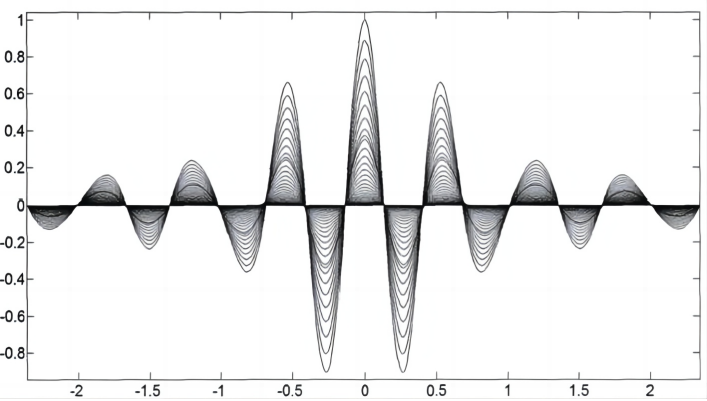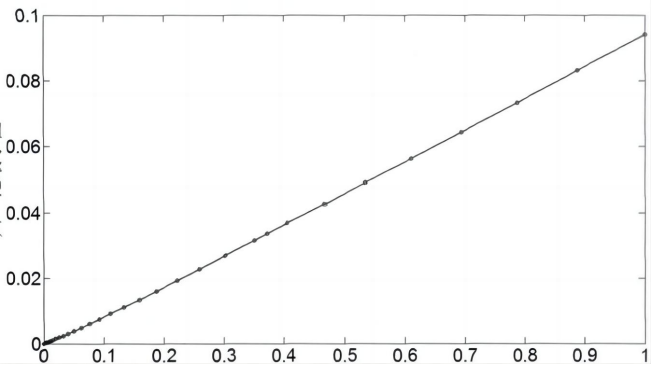
Quantum Efficiency Tester
PL/EL Integrated System
PV-Reflectumeter
3D Confocal Microscope
In-Line Four Point Probe Tester
Four Point Probe Tester
In-Line Thin Film Thickness Tester
Raman Spectrometer
FTIR Spectrometer
Spectrophotometer
Automatic Spectroscopic Ellipsometer
Contact Resistance Tester
Ultra depth of field 3D microscope
Auto Visual Tester
VMM PV Vision Measuring Machine
Solar Cell Horizontal Tensile Tester
Steady State Solar Simulator for Solar Cell
Solar Cell UV Aging Test Chamber
Solar Cell Comprehensive Tensile Tester
Visual Inspection Tester
Wet Leakage Current Tester
PV Module EL Tester
PV Module UV Preconditioning Chamber
Steady State Solar Simulator for PV Module
Current Continuous Monitor
Potential Induced Degradation Test
Bypass Diode Tester
LeTID Test System
Reverse Current Overload Tester
Impulse Voltage Tester
Hipot Insulation Tester
Ground Continuity Tester
Hipot Insulation Ground Tester
Damp Heat Test Chamber
Humidity Freeze Test
Thermal Cycle Test Chamber
Dynamic Mechanical Load Tester
Static Mechanical Load Tester
Hail Impact Tester
Robustness of Termination Tester
Module Breakage Tester
Cut Susceptibility Tester
Peel Shear Strength Tester
Universal Testing Machine (Single-arm)
Universal Testing Machine (Double-arm)
Glass Transmittance Tester
Acetic Acid Test Chamber
EVA Degree of Crosslinking Test System
Junction Box Comprehensive Tester
Drop ball tester
Semi-automatic scanning four-probe tester
Stylus Profilometer
Maximum Power Point Tracker
Perovskite Glass Transmittance Tester
Perovskite P1 Laser Scribing Multifunctional Testing Machine
Perovskite Online PL Tester
Perovskite Online Sheet Resistance Tester
Online Perovskite Film Thickness Tester
Perovskite Process Inspection Workstation
Portable IV Curve Tester
Portable EL Tester
Portable Thermal Imaging Tester
Solar Module Multi-Channel Testing System
PV Inverter Power Quality Tester
Drone EL Tester
IV Tester
IVEL Cell Sorting Machine
Application and Optimization of FTIR Spectrometer Technology in Performance Characterization
Date : 2024-06-28Views : 215
Fourier transform infrared spectrometers are widely used in the photovoltaic field. Millennial FTIR4000 FTIR Spectrometer uses Michelson interferometer technology to convert light source into interference light and illuminate the sample, and obtains the spectrum through Fourier transform. The instrument is equipped with a high-sensitivity DLATGS detector and a multi-layer coated beam splitter to ensure high-precision and high-repeatability measurements in the near-infrared, mid-infrared and far-infrared bands. By analyzing the blackbody radiation interference pattern at different temperatures, the performance and efficiency of photovoltaic materials are studied, providing a scientific basis for the research and development of photovoltaic modules.

Working principle of FTIR Spectrometer interferometric frequency modulation
Acquisition and analysis of interference patterns: FTIR Spectrometer uses the acquisition principle and process of interference patterns, combined with numerical integration technology and discrete Fourier transform, to model and calculate the characteristics of interference patterns, thereby obtaining interference patterns corresponding to blackbody radiation at different temperatures.

The AC quantity of the interference pattern corresponding to the blackbody radiation at different temperatures
In the Fourier spectrometer calibration test, the light source signal is the standard blackbody radiation. In a vacuum or air, the light intensity of a parallel beam or a thin beam can be considered equal to its radiation flux density. When modeling the interference pattern, the spectral distribution function B(v) can be replaced by Planck's formula. Planck's law of blackbody radiation can be expressed as:

The interference pattern is formed by superimposing an AC signal on a DC bias. The maximum value Iar and DC value I₄ of the interference pattern under all blackbody temperature conditions are extracted, and then the Imax-I relationship diagram is plotted. It can be found that the graph is a straight line passing through the zero point, and its linear relationship is Ime=2Ia,

Normalized DC bias
FTIR Spectrometer uses the working principle of interferometer interference frequency modulation to convert the light emitted by the light source into interference light through the Michelson interferometer, and uses the interference light to illuminate the sample. The spectrum of the sample is obtained by computer software through Fourier transformation.
Infrared absorption spectroscopy (FTIR) studies the radiation absorption law of various molecules in the infrared band
Infrared spectrum belongs to the vibration absorption spectrum of chemical bonds and functional groups in molecules. Its vibration frequency is mainly determined by the atomic mass of the chemical bond and the strength of the chemical bond. Through the complex calculation of quantum mechanics, the vibration frequency of different chemical bonds can be approximately derived. The following are 6 modes with simple structures.

Organic molecules are usually complex molecules composed of multiple atoms. The addition of vibration spectra of various chemical bonds and groups and the influence of spatial configuration will produce complex spectra with many peaks of spectral microstructures such as sum frequency, difference frequency, resonance, rotation, etc. Therefore, it is difficult to make an accurate attribution for most IR peaks one by one.
The frequency range of infrared spectrum is generally considered to be between 0.78-1000 μm, which can be subdivided into three intervals, namely near infrared, mid-infrared and far infrared:
Near infrared wavelength and frequency: 0.78-2.5 μm, that is, about 13000-4000 cm-1, mainly used for quantitative analysis of multi-H groups;
Far infrared wavelength and frequency: 25-1000 μm, that is, 400-10 cm-1, mainly used for spectral determination of inorganic and metal organic compounds;
Mid-infrared spectrum wavelength and frequency are 2.5-25 μm, that is, 4000-400 cm-1, and the infrared spectra of organic compounds mostly appear in this range.
Fourier transform infrared absorption spectroscopy (FTIR) is a powerful tool for studying the relationship between the emission or absorption of various molecules in the infrared band and the molecular structure, and is mainly used for the analysis of material structure.
FTIR Spectrometer features

E-mail: market@millennialsolar.com
Interferometer: non-orthogonal improved Michelson interferometer, three-dimensional corner mirror reflector, permanent collimation, no manual adjustment required, 30° incident angle, eliminate polarization effect (bruker same accessories supplier)
Detector: imported high-sensitivity DLATGS (Deuterated L-Alanine Triglycine Sulfate) detector with moisture-proof film (bruker same accessories supplier)
Beam splitter: multi-layer coated potassium bromide with moisture-proof coating (imported)
Spectral range: 7800~350 cm-1
High precision/high repeatability: wave number accuracy: better than 1.0 cm-1;wave number repeatability: better than 0.1 cm-1
In summary, FTIR Spectrometer plays an important role in the study of photovoltaic material performance. Through high-precision spectral measurement and data analysis, we can deeply understand the radiation characteristics of materials under different temperature conditions. These research results not only provide a reliable scientific basis for the design and optimization of photovoltaic modules, but also promote the advancement and application of photovoltaic technology. With its advanced interferometer technology and highly sensitive detector, FTIR Spectrometer provides a powerful tool for researchers in the photovoltaic field, helping to further improve the efficiency and stability of photovoltaic materials.

































































